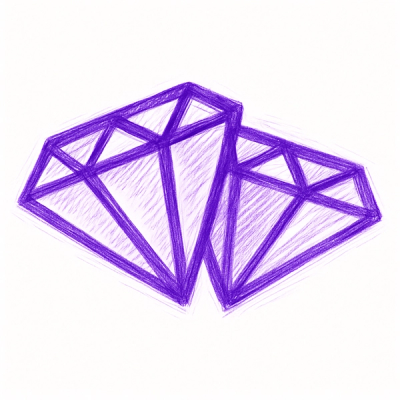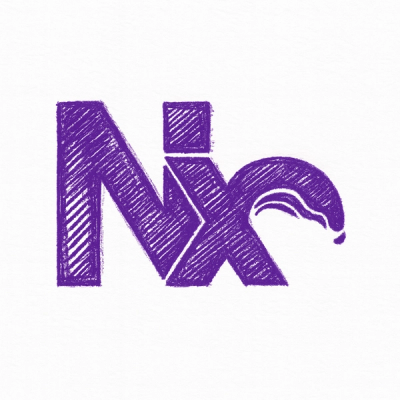
Research
Malicious npm Packages Impersonate Flashbots SDKs, Targeting Ethereum Wallet Credentials
Four npm packages disguised as cryptographic tools steal developer credentials and send them to attacker-controlled Telegram infrastructure.
Simplifies using Chart.js in Rails views.
This gem includes Chart.js v3.7.1.
Add this line to your application's Gemfile:
gem 'chartjs-ror'
And then execute:
$ bundle
After that require Chart:
//= require Chart.min
Please note Chart.js no longer supports IE8 and below.
Each chart type has a corresponding helper for your views. The helper methods take the same arguments as their Javascript counterparts. The options are optional.
<%= line_chart data, options %>
<%= bar_chart data, options %>
<%= horizontal_bar_chart data, options %>
<%= radar_chart data, options %>
<%= polar_area_chart data, options %>
<%= pie_chart data, options %>
<%= doughnut_chart data, options %>
<%= bubble_chart data, options %>
<%= scatter_chart data, options %>
If you don't want these helpers – perhaps they clash with other methods in your views – add this initializer to your app:
# config/initializers/chartjs.rb
Chartjs.no_conflict!
Then you can use these helpers instead:
<%= chartjs_line_chart data, options %>
<%= chartjs_bar_chart data, options %>
<%= chartjs_horizontal_bar_chart data, options %>
<%= chartjs_radar_chart data, options %>
<%= chartjs_polar_area_chart data, options %>
<%= chartjs_pie_chart data, options %>
<%= chartjs_doughnut_chart data, options %>
<%= chartjs_bubble_chart data, options %>
<%= chartjs_scatter_chart data, options %>
For example, to render a line chart in Javascript:
var data = {
labels: ["January", "February", "March", "April", "May", "June", "July"],
datasets: [
{
label: "My First dataset",
backgroundColor: "rgba(220,220,220,0.2)",
borderColor: "rgba(220,220,220,1)",
data: [65, 59, 80, 81, 56, 55, 40]
},
{
label: "My Second dataset",
backgroundColor: "rgba(151,187,205,0.2)",
borderColor: "rgba(151,187,205,1)",
data: [28, 48, 40, 19, 86, 27, 90]
}
]
};
var options = { ... };
new Chart(ctx, {
type: 'Line',
data: data,
options: options
});
The Ruby equivalent is:
data = {
labels: ["January", "February", "March", "April", "May", "June", "July"],
datasets: [
{
label: "My First dataset",
backgroundColor: "rgba(220,220,220,0.2)",
borderColor: "rgba(220,220,220,1)",
data: [65, 59, 80, 81, 56, 55, 40]
},
{
label: "My Second dataset",
backgroundColor: "rgba(151,187,205,0.2)",
borderColor: "rgba(151,187,205,1)",
data: [28, 48, 40, 19, 86, 27, 90]
}
]
}
options = { ... }
<%= line_chart data, options %>
You can also use underscored symbols for keys, instead of the camelcase versions. They will be converted to their lower camelcase counterparts on output.
data = {
labels: ["January", "February", "March", "April", "May", "June", "July"],
datasets: [
{
label: "My First dataset",
background_color: "rgba(220,220,220,0.2)",
border_color: "rgba(220,220,220,1)",
data: [65, 59, 80, 81, 56, 55, 40]
},
{
label: "My Second dataset",
background_color: "rgba(151,187,205,0.2)",
border_color: "rgba(151,187,205,1)",
data: [28, 48, 40, 19, 86, 27, 90]
}
]
}
options = { ... }
<%= line_chart data, options %>
You can put anything in the options hash that Chart.js recognises. To pass a JavaScript function as an option value, wrap it in quotation marks to make it a string.
You can also use these non-Chart.js settings:
:class - class of the DOM canvas element - default is chart.:id - id of the DOM canvas element - default is chart-n where n is the 0-based index of the chart on the page.:width - width of the canvas in px - default is 400.:height - height of the canvas in px - default is 400.<canvas id="chart-0" class="chart" width=400 height=400></canvas>
<script type="text/javascript">
//<![CDATA[
(function() {
var initChart = function() {
var ctx = document.getElementById("chart-0");
var chart = new Chart(ctx, {
type: "Line",
data = { ... };
options = { ... };
});
};
if (typeof Chart !== "undefined" && Chart !== null) {
initChart();
}
else {
if (window.addEventListener) {
window.addEventListener("load", initChart, false);
}
else if (window.attachEvent) {
window.attachEvent("onload", initChart);
}
}
})();
//]]>
</script>
The Javascript is actually written out on a single line but you get the idea.
Copyright Andrew Stewart, AirBlade Software. Released under the MIT licence.
FAQs
Unknown package
We found that chartjs-ror demonstrated a not healthy version release cadence and project activity because the last version was released a year ago. It has 1 open source maintainer collaborating on the project.
Did you know?

Socket for GitHub automatically highlights issues in each pull request and monitors the health of all your open source dependencies. Discover the contents of your packages and block harmful activity before you install or update your dependencies.

Research
Four npm packages disguised as cryptographic tools steal developer credentials and send them to attacker-controlled Telegram infrastructure.

Security News
Ruby maintainers from Bundler and rbenv teams are building rv to bring Python uv's speed and unified tooling approach to Ruby development.

Security News
Following last week’s supply chain attack, Nx published findings on the GitHub Actions exploit and moved npm publishing to Trusted Publishers.